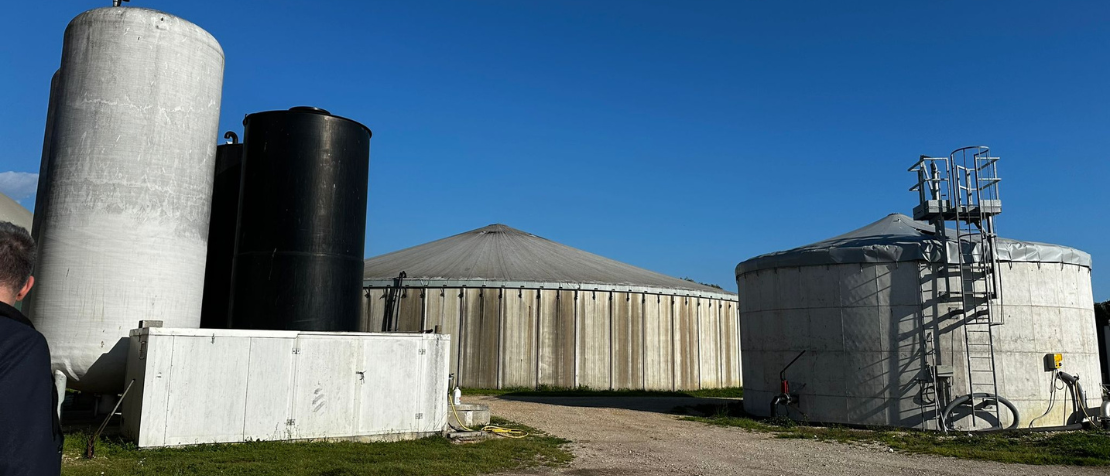Accelerating sustainable climate-smart agribusiness in Serbia and Uzbekistan

©FAO/Arianna Carita
A stakeholders’ meeting in Rome marked a pivotal step towards greater private sector engagement for climate-smart agrifood systems. It was held as part of a joint project of the Food and Agriculture Organization (FAO) and European Bank of Reconstruction and Development (EBRD) to decarbonize selected agrifood value chains and make them more resilient to climate change.
Turning climate finance into climate action
As the adverse effects of climate change outstrip the pace of change in agrifood systems, Serbia and Uzbekistan are stepping up efforts towards the systemic transformation of their agrifood sector. Food and agricultural systems account for one-third of global greenhouse emissions. At the same time, climate change is impacting agriculture as planting seasons shift, and extreme weather events affect yields. In response, the two countries are strengthening their institutional processes and private sector engagement to align with the implementation of their nationally determined contribution (NDC) roadmaps.
“There is a strong momentum for change following the COP28 UAE Declaration on Sustainable Agriculture, Resilient Food Systems and Climate Action,” explains Gianpiero Nacci, EBRD Director, Sustainable Business, and Infrastructure. “Yet while there is an increasing amount of climate funding available to help countries deliver on their commitments, it is not always easy for them to prioritize investments for the best results. The EBRD and FAO are working with Serbia and Uzbekistan to bridge this implementation gap.”
Digging deeper into context-specific approaches
The two-day meeting was held as part of the EBRD and FAO project ‘Developing NDC Implementation Roadmaps for Climate-Smart Agrifood Systems’. Participants included representatives of the Ministries of Agriculture and Economy of Uzbekistan, and the Ministry of Environmental Protection and the Chamber of Commerce of Serbia.
Top of the agenda was how different green investment opportunities could help develop climate smart agrifood system roadmaps in the two countries. Discussions were informed by a climate change mitigation and adaptation analysis carried out through the project in the two countries.
“Our findings showed that even if Serbia and Uzbekistan share similar goals, they require different approaches to reach them,” says Jacopo Monzini, FAO Senior Natural Resources Manager. “Understanding specific contexts helps countries to implement their NDC roadmaps in both an ambitious and realistic way and to recognize that the same investments may bring different returns.”
For example, in both countries, the emissions of the agrifood sector from farm to retail are significant, representing 25 percent of overall emissions in Uzbekistan and 15 percent in Serbia. In terms of implementation strategies, Serbia has focused on investments in human capital, infrastructure, and agrotechnology, which have already led to bold growth trends in yields despite prevailing climate impacts. Updated management and plant breeding techniques together with low carbon energy investments are recommended as most efficient medium-term measures to prepare for future challenges. In Uzbekistan, discussions focused on the opportunities for an efficient irrigation water management that could have significant impacts on both, resilience and decarbonization efforts of the food sector. Both countries recognize that the returns on climate action investment outweigh the substantial investment needed.
From vision to reality – public and private sector planning for a green agrifood sector
Participants got to see firsthand innovative examples of integrated public and private sector planning for decarbonization and climate resilience. Study visits included Confagricoltura Latina – a professional organization representing and protecting agricultural businesses – to discuss best practices in greening agriculture, and a tour of a farm to follow their ready-to-eat salad production chain, with a special focus on sorting and packaging. They then visited a biogas plant that turns food and agricultural waste into renewable energy.
Other meeting highlights included a brief technical overview of FAO’s monitoring and evaluation tools for national and local climate action, while the EBRD shed light on financing mechanisms proposed by the Bank for greening the agrifood sector.
Next steps to a green agrifood sector
Takeaways from both countries included the paramount importance of capacity building including through collaboration with universities and research centres, and the need for public investments in infrastructures, governance, and education to facilitate decarbonization and adaptation.
Next steps will be a feasibility assessment of effective and specific climate actions and private and public institution trainings in related investments. The project will support the identification of decarbonisation and adaptation investments and facilitate the engagement with the financial sector including International Financial Institutions. Furthermore, it addresses the countries’ capacity development for carbon accounting and monitoring.
